11 World Heritage Sites You’ve Likely Never Heard Of
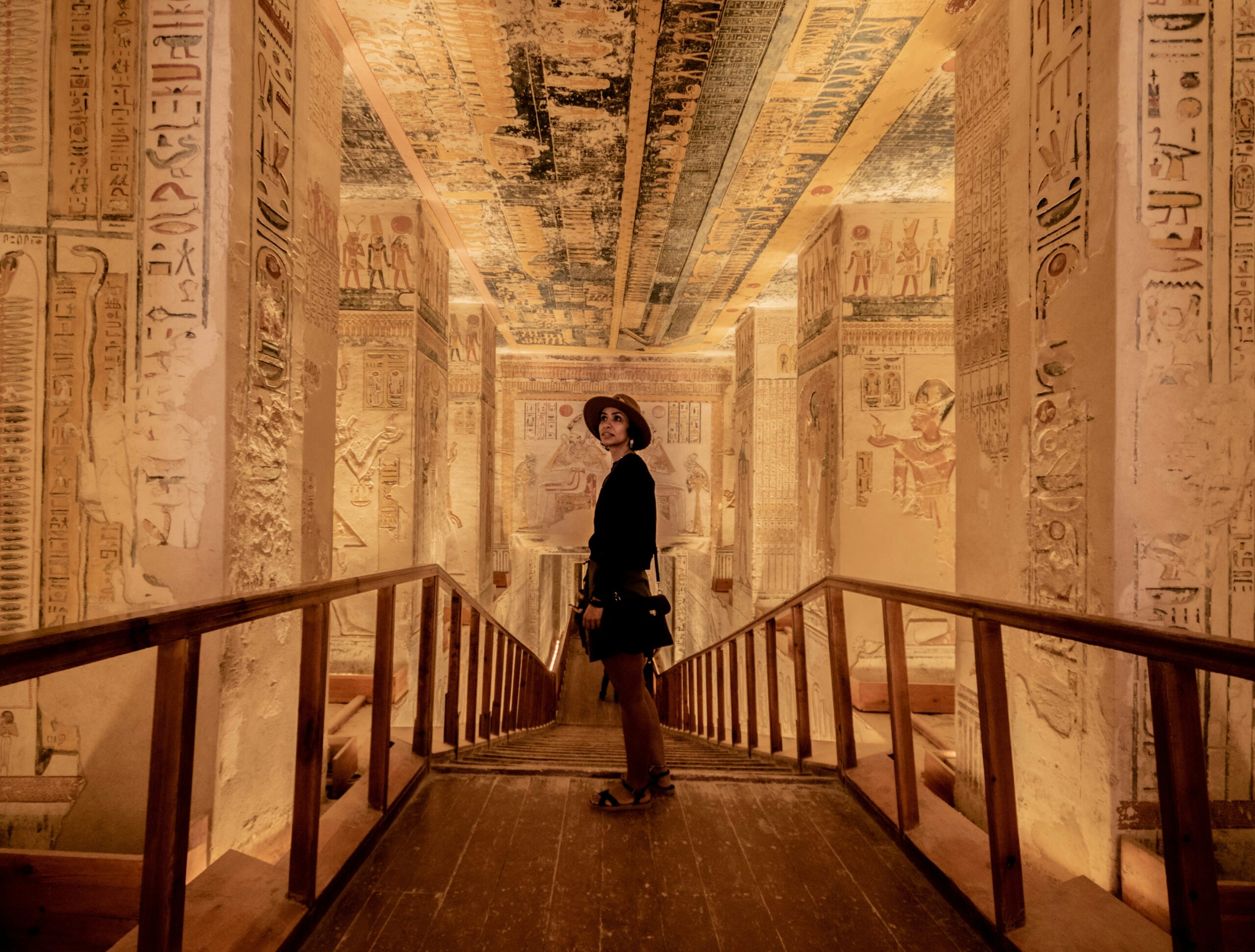
UNESCO World Heritage Sites are usually linked with places like the Taj Mahal or the Great Wall, but the world is filled with equally stunning and historically rich sites that rarely make tourist brochures. From remote mountain villages to prehistoric rock art and underwater cities, these hidden gems are quietly protecting centuries of culture and nature. Here are 11 awe-inspiring World Heritage Sites you’ve probably never heard of—but should absolutely add to your list.
1. Rapa Nui National Park, Chile
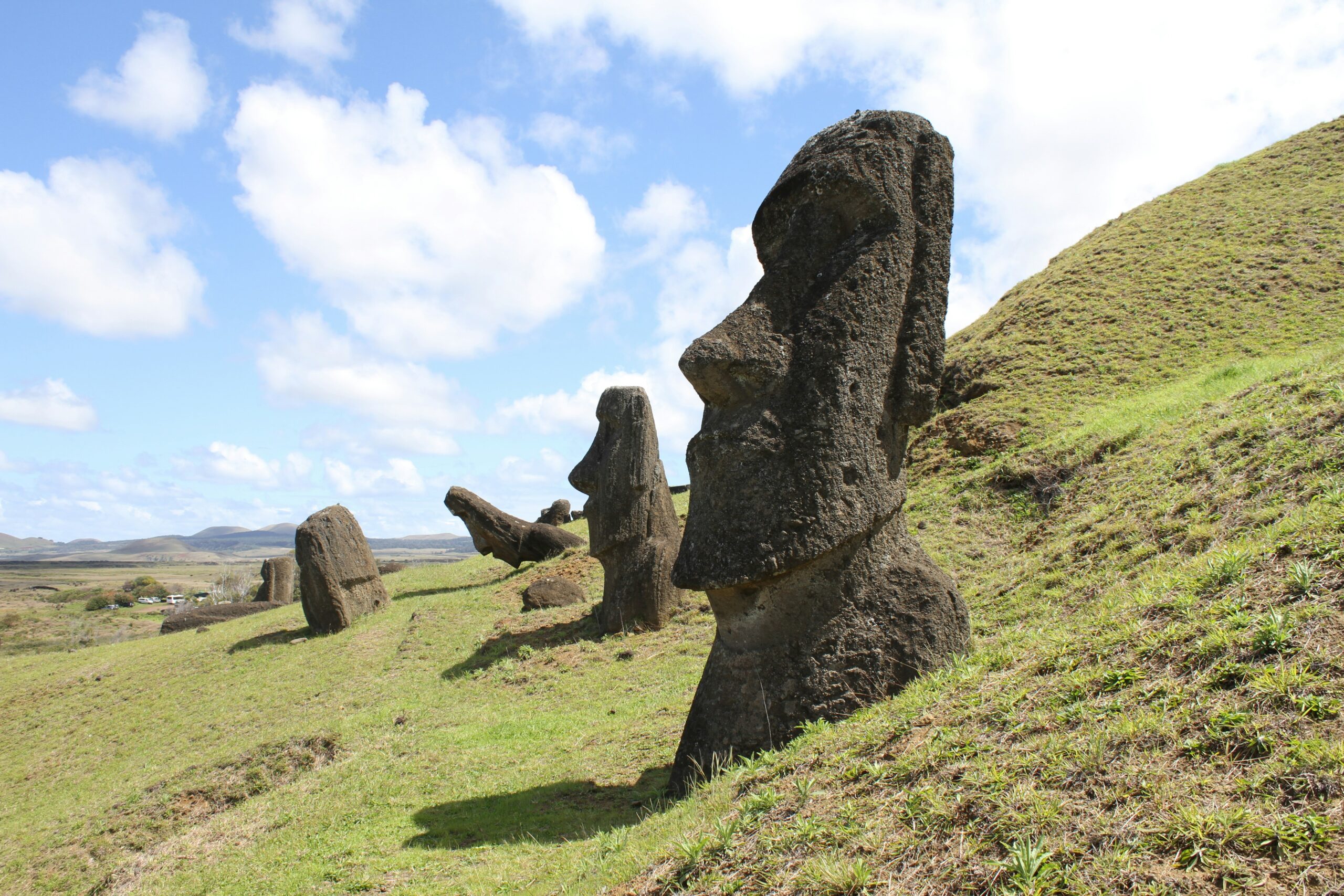
Far from the mainland, Easter Island’s giant moai statues are more than just stone faces—they’re clues to a lost Polynesian civilization. Rapa Nui National Park preserves these volcanic-carved figures, sacred sites, and ceremonial villages. It’s isolated, spiritual, and wrapped in mystery. While the moai are iconic, few visitors know the full story of the island’s near collapse and survival.
2. Rock Islands Southern Lagoon, Palau
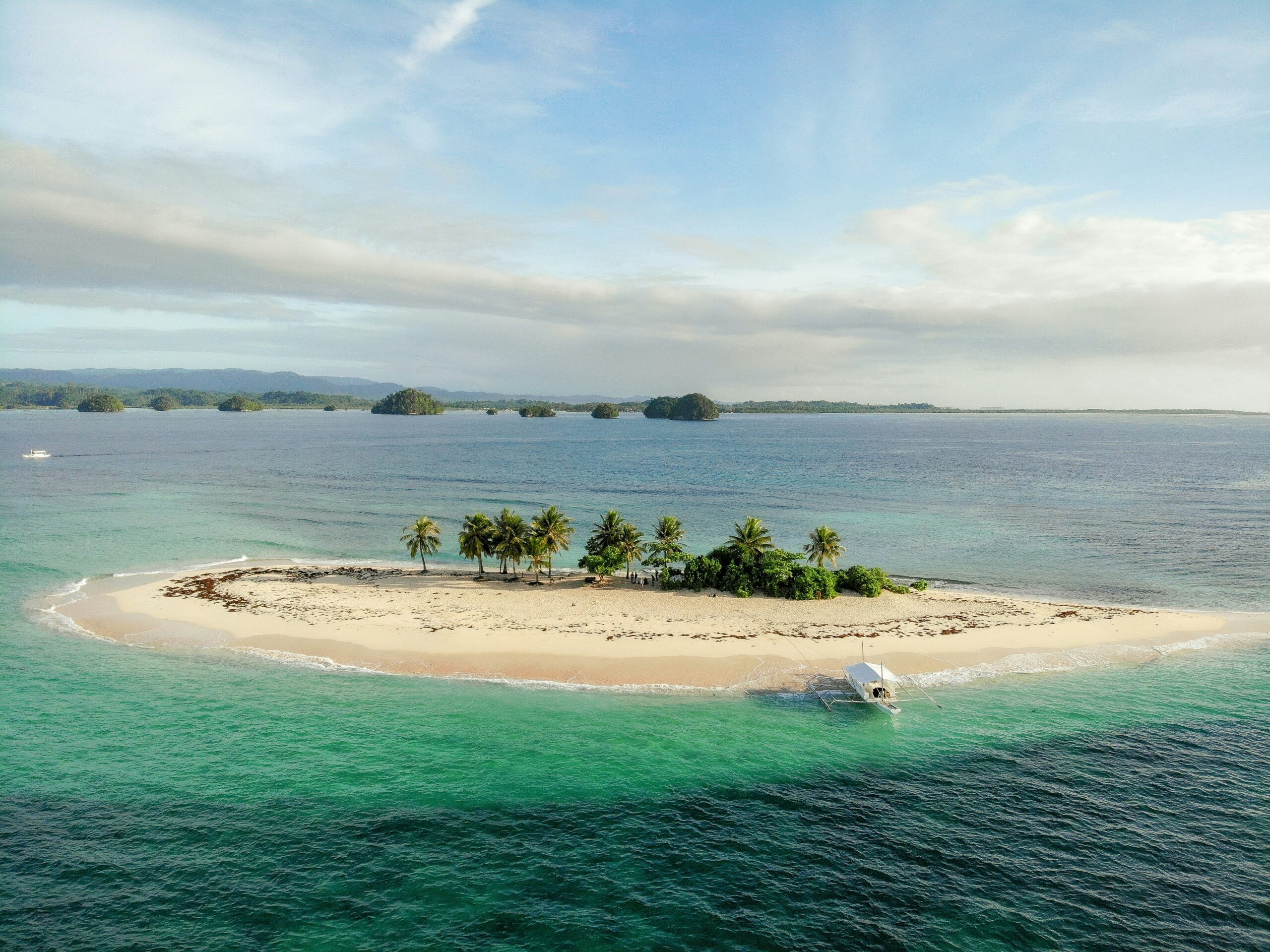
This Pacific paradise is home to over 400 mushroom-shaped limestone islets surrounded by turquoise waters. Hidden within are ancient cave paintings, marine lakes, and fragile coral systems. It’s not only a natural marvel but also a living cultural archive for Palau’s indigenous people. Few travelers make it this far—but those who do find a world untouched.
3. Ennedi Massif, Chad
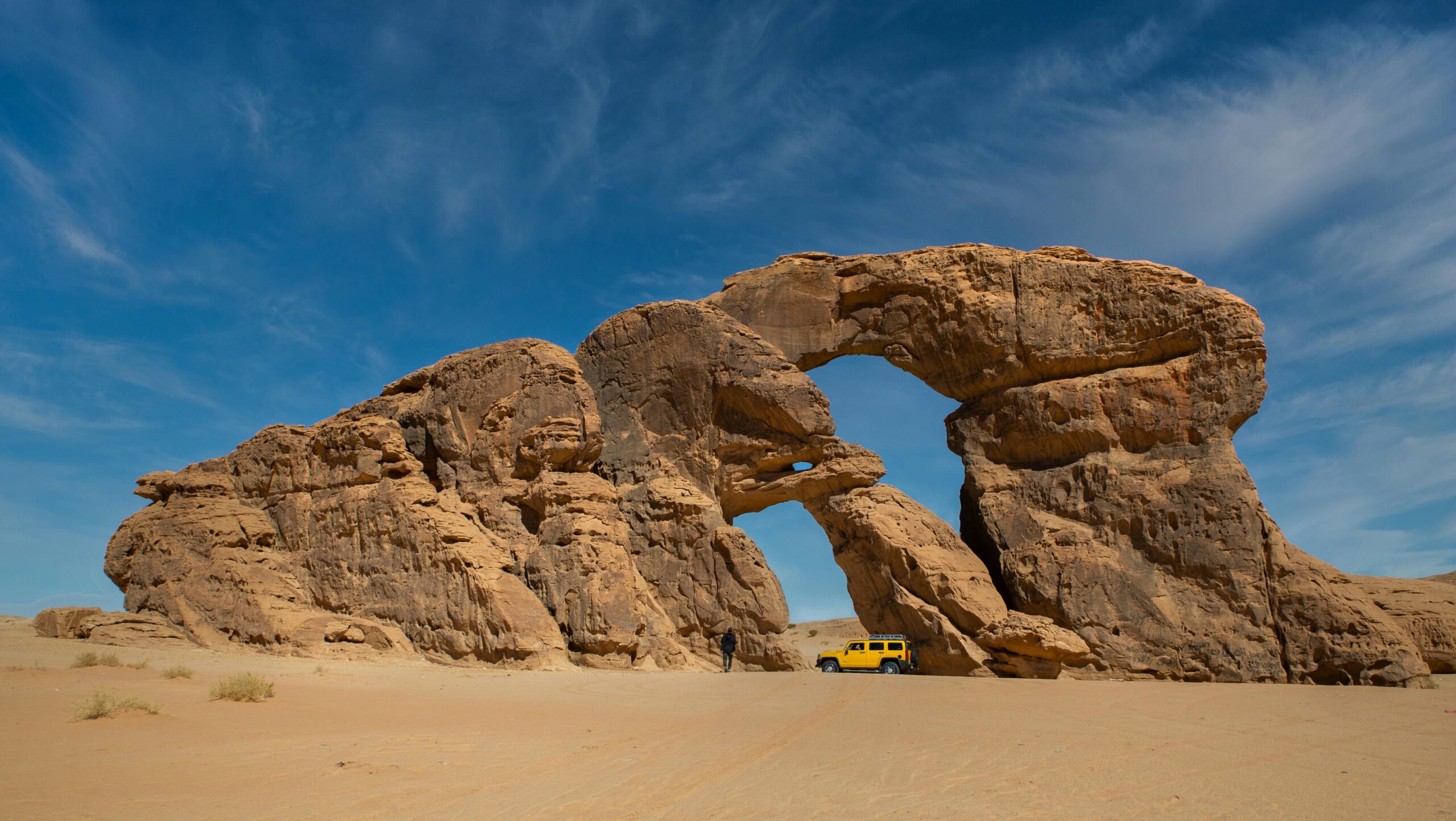
Deep in the Sahara lies a surreal sandstone plateau filled with towering arches, canyons, and some of Africa’s oldest rock art. The Ennedi Massif looks like it belongs on another planet. Home to nomadic herders and ancient symbols carved into stone, it’s one of the least-visited sites on the list—partly due to its remoteness and partly due to its surreal obscurity.
4. Gobustan Rock Art Cultural Landscape, Azerbaijan
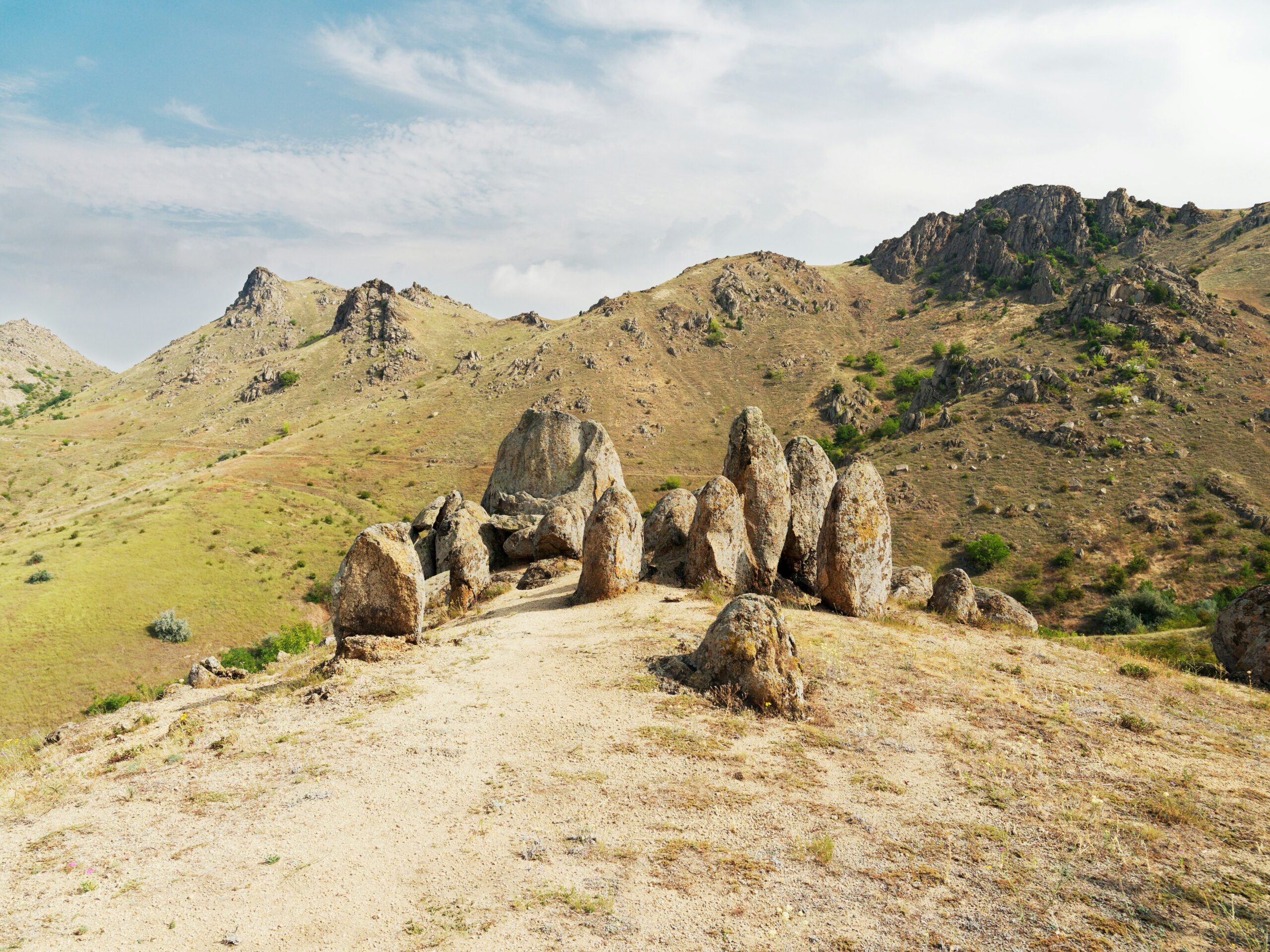
Azerbaijan’s Gobustan is like an open-air museum with over 6,000 petroglyphs dating back 40,000 years. You’ll find depictions of hunters, animals, dances, and rituals carved into rock formations. It also features mud volcanoes and gas vents, making it as geologically fascinating as it is culturally rich. Most travelers pass through Baku without realizing this treasure lies just outside the city.
5. Sceilg Mhichíl, Ireland

Known to some as “Skellig Michael,” this dramatic island off Ireland’s southwest coast was once a monastic haven for early Christians. Its beehive-shaped stone huts cling to steep cliffs battered by Atlantic winds. While Star Wars gave it brief fame, few know it’s a real UNESCO site with 6th-century roots. Visiting requires a boat and some nerve—but it’s worth every wave.
6. Shushtar Historical Hydraulic System, Iran
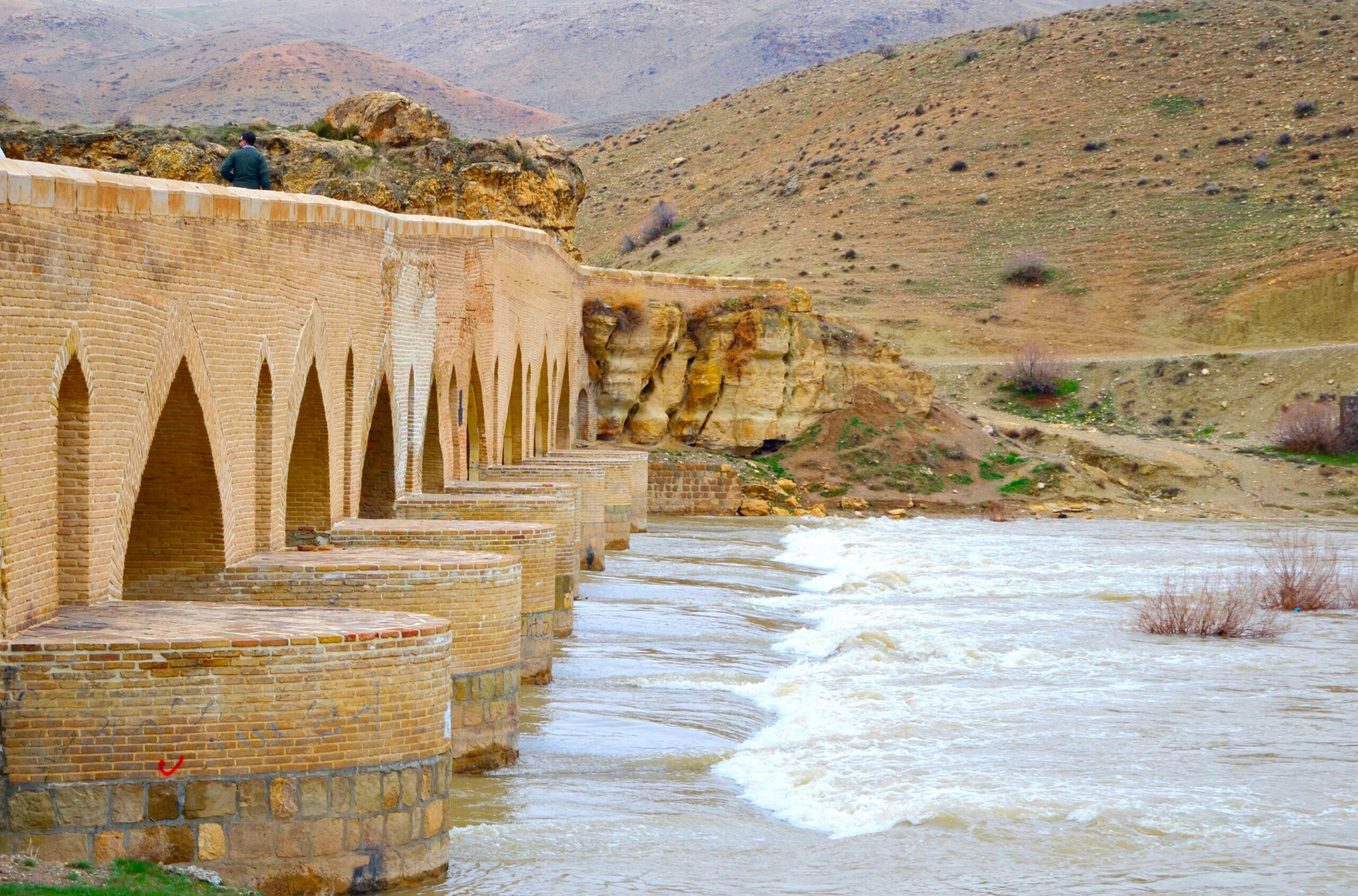
An ancient marvel of engineering, the Shushtar system channels water through a maze of tunnels, mills, and canals that date back to the 5th century BCE. Built by the Persians, it showcases early ingenuity in urban water management. Still functioning today, it’s not just history—it’s living infrastructure. It’s a stunning reminder of how sustainability isn’t a new idea.
7. Nan Madol, Micronesia
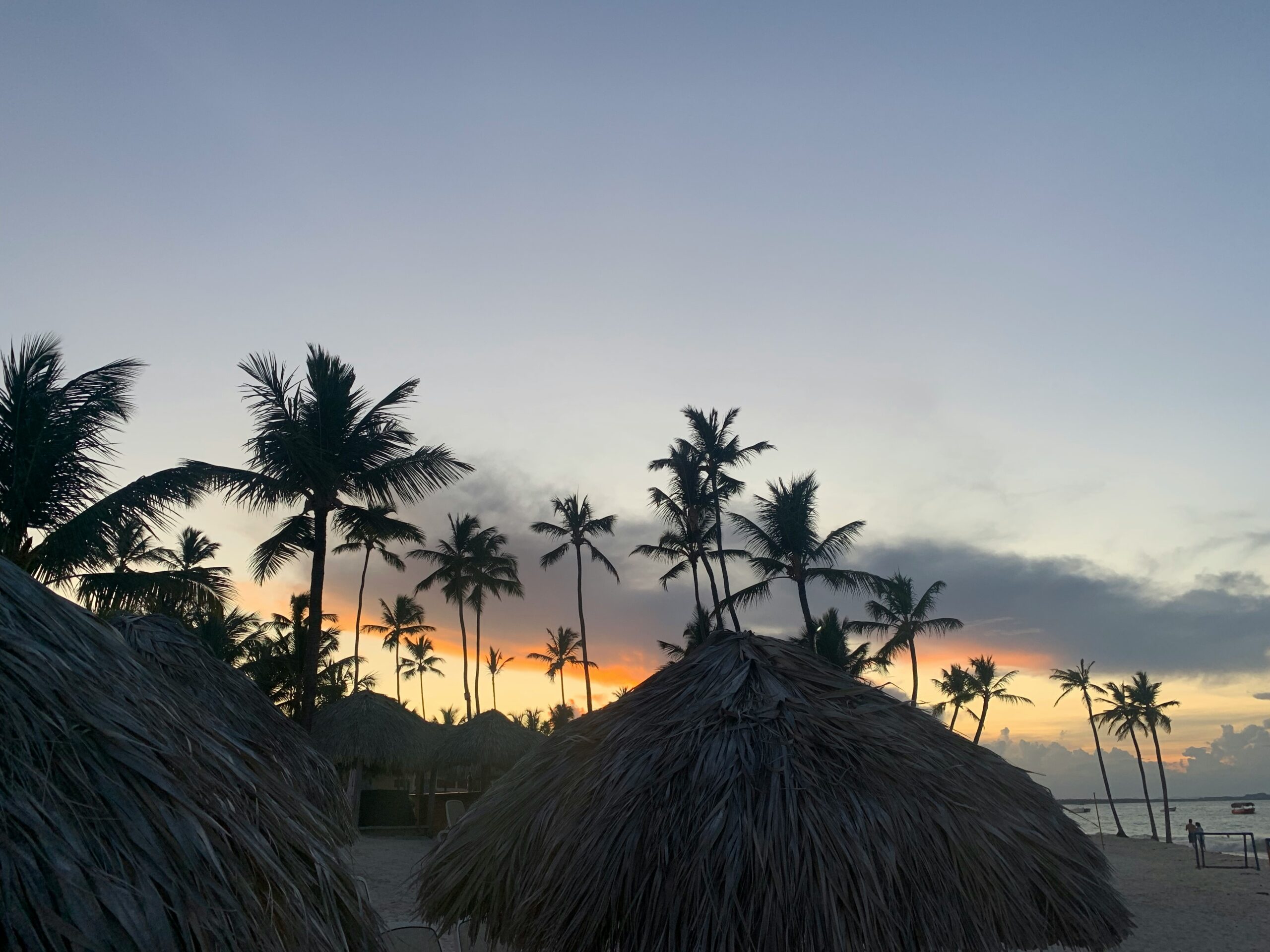
Sometimes called the “Venice of the Pacific,” Nan Madol is a mysterious ruined city built on coral islets off Pohnpei Island. Made of massive basalt logs, the city’s canals and ceremonial platforms date back over 1,000 years. The logistics of its construction remain baffling to archaeologists. It’s both mystical and monumental—yet rarely explored by tourists.
8. Aapravasi Ghat, Mauritius
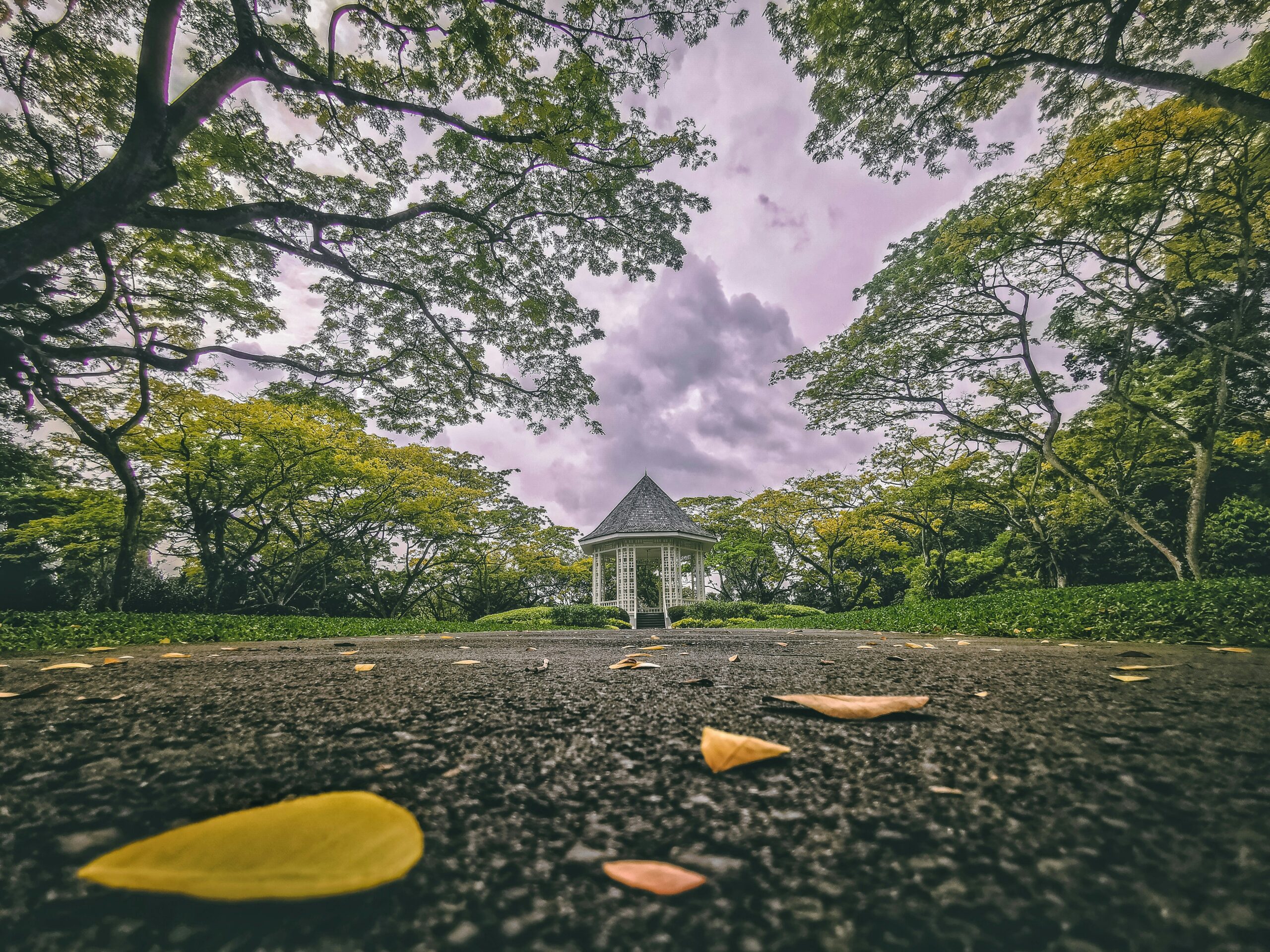
This coastal site marks where indentured laborers from India first arrived in the 19th century, shaping the cultural landscape of Mauritius and beyond. Aapravasi Ghat is a powerful symbol of forced migration and resilience. The remaining stone buildings and docks tell a human story of displacement, hope, and the making of new worlds. It’s quietly profound.
9. Tsingy de Bemaraha, Madagascar
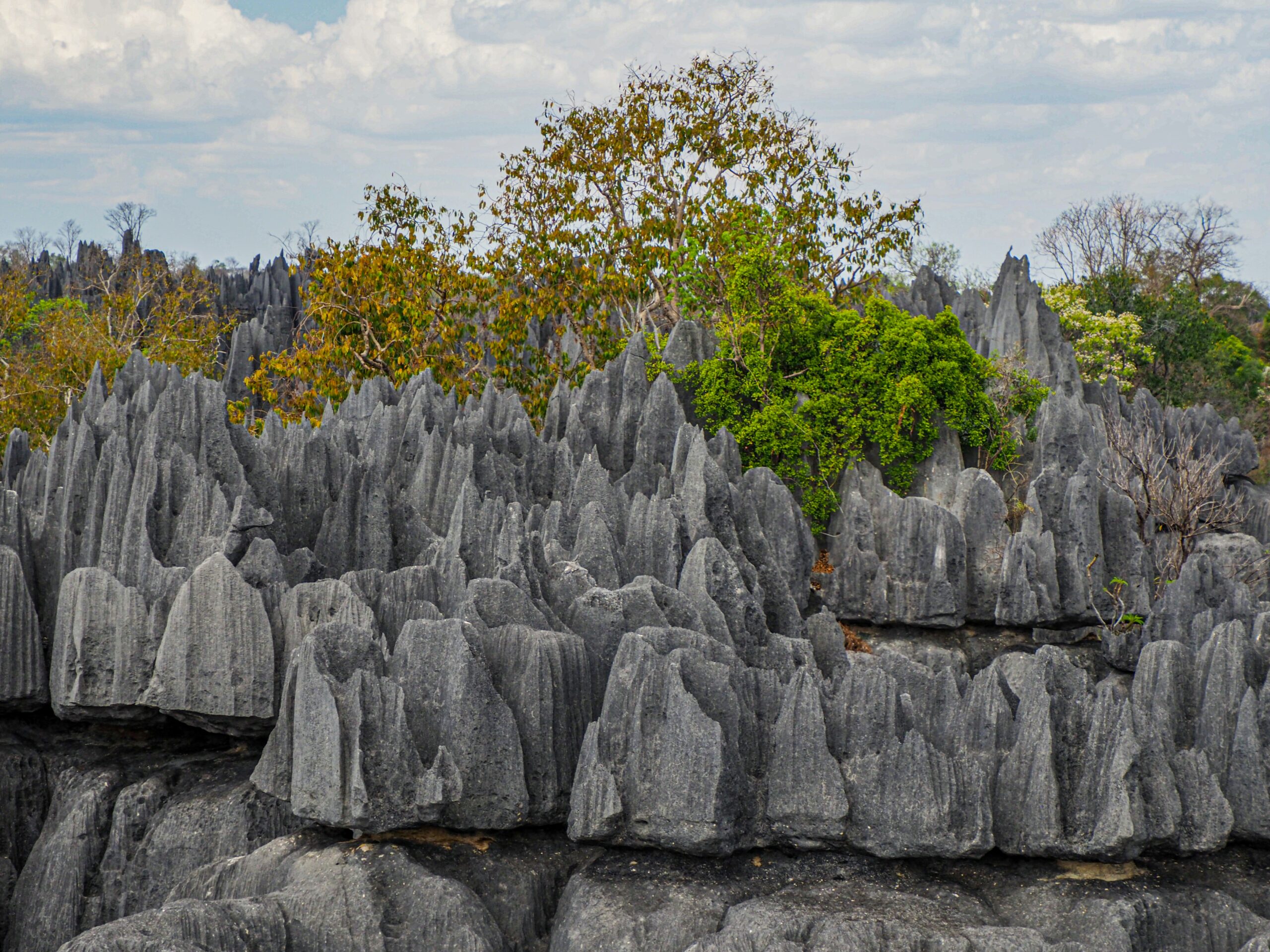
Tsingy means “where one cannot walk barefoot,” and it makes sense: this reserve is filled with jagged limestone pinnacles and razor-sharp rocks. It’s also a sanctuary for rare lemurs and birds. Exploring it requires rope bridges, ladders, and sometimes nerves of steel. It’s one of the most alien and stunning ecosystems on Earth—almost no crowds guaranteed.
10. Choirokoitia, Cyprus
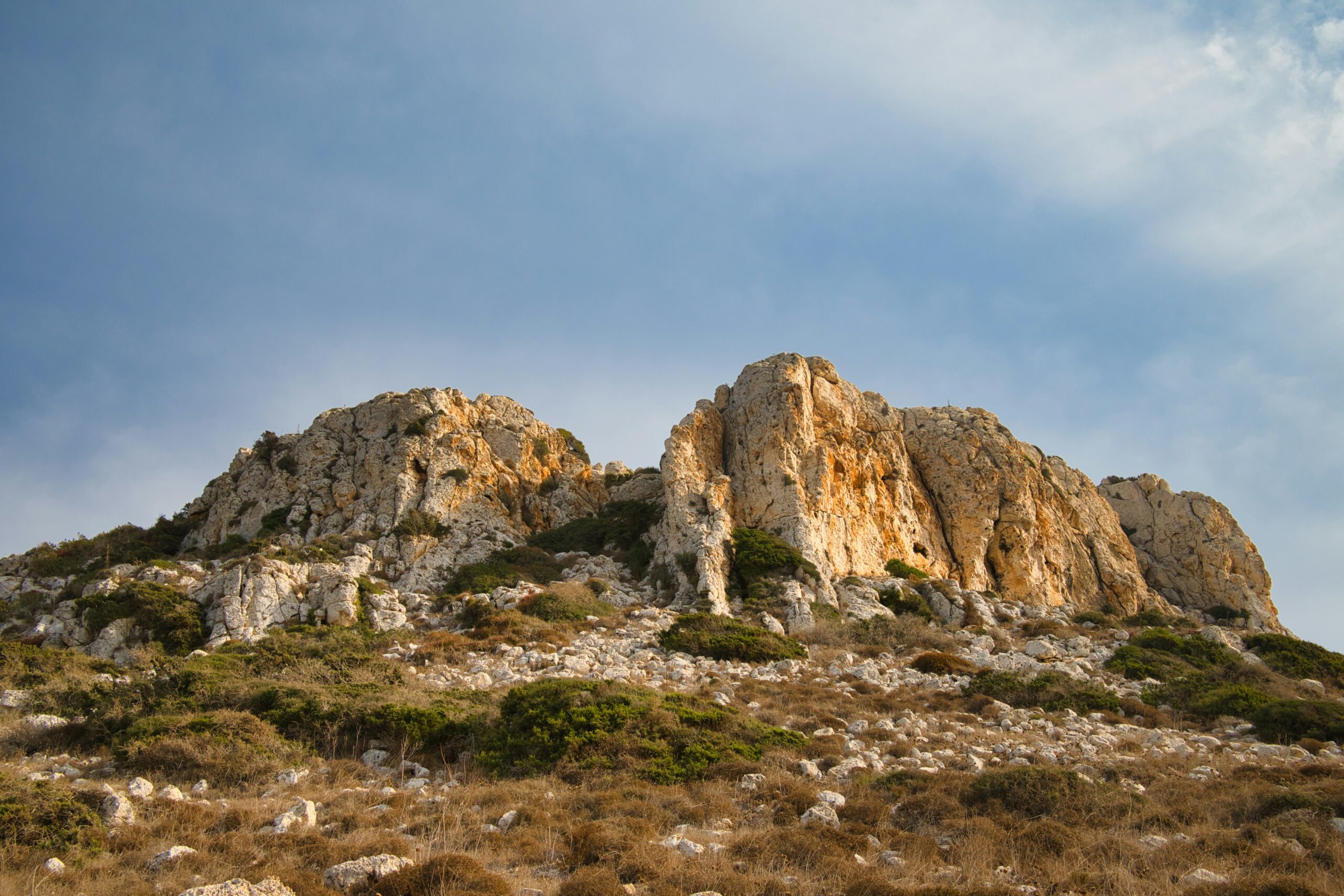
Dating back to the 7th millennium BCE, Choirokoitia is one of the best-preserved prehistoric settlements in the eastern Mediterranean. The circular stone dwellings offer a glimpse into Neolithic life, complete with burial traditions and communal living. Quiet and off-the-radar, it’s a window into a long-gone world that shaped modern civilization.
11. Baekje Historic Areas, South Korea
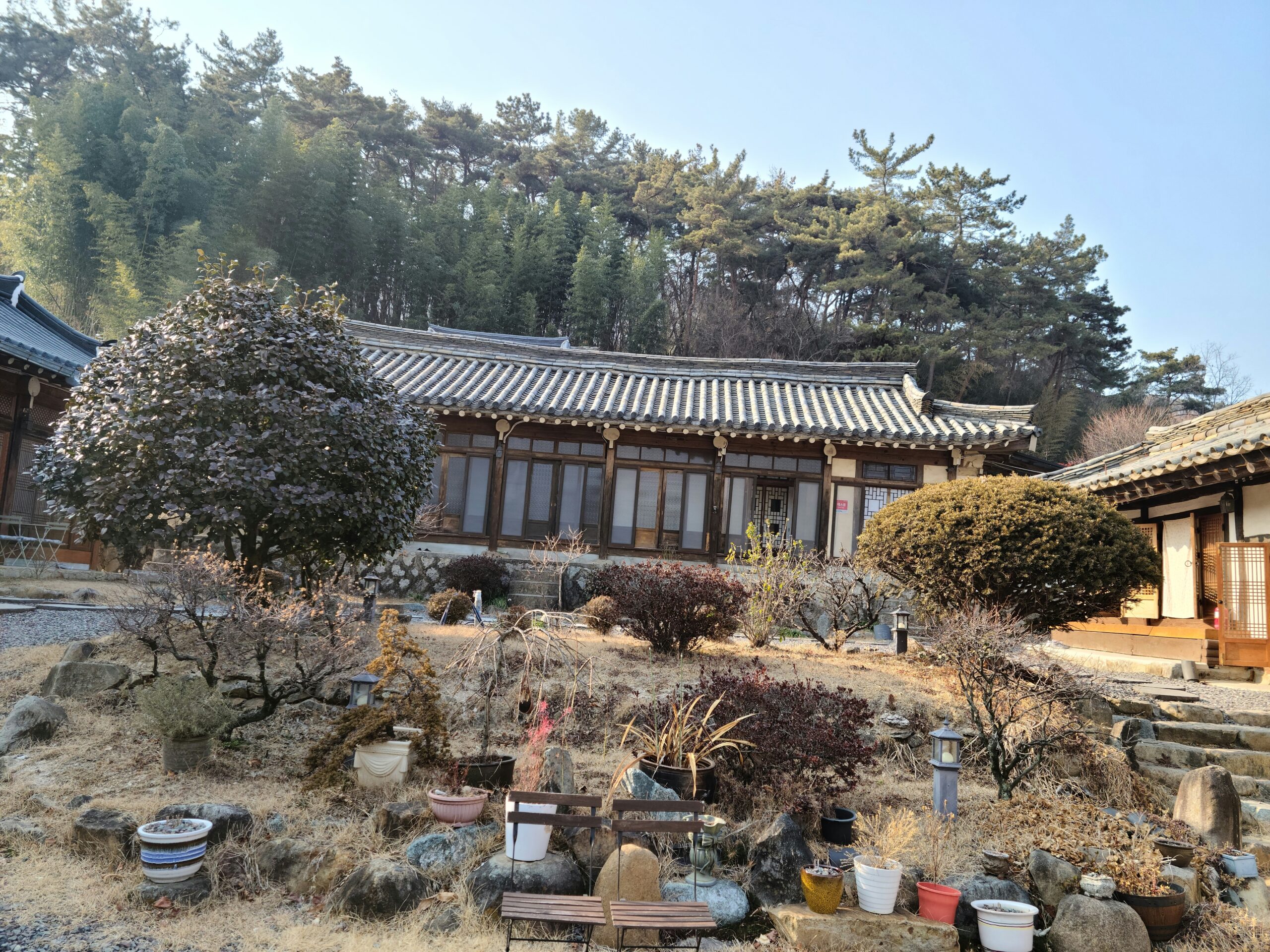
This series of ancient fortresses, temples, and royal tombs represents one of Korea’s most artistic kingdoms. Located in scenic mountainous terrain, the Baekje Historic Areas combine natural beauty with centuries of craftsmanship. Despite their cultural depth, they’re still relatively unknown to international travelers. It’s a serene, spiritual destination waiting to be discovered.